Ashura at Udaipur: Capturing the emotions, Tribute to the Martyrs
Dawoodi Bohra community at Udaipur, observed the 10th day of Moharram, which is also called as Ashra, with full compassion and participation in the morning Vaaz (Sermon), followed by the Alam Procession, culminating with the Shaam-e-Ghariba at the local Vajihpura Masjid in Bohrawadi
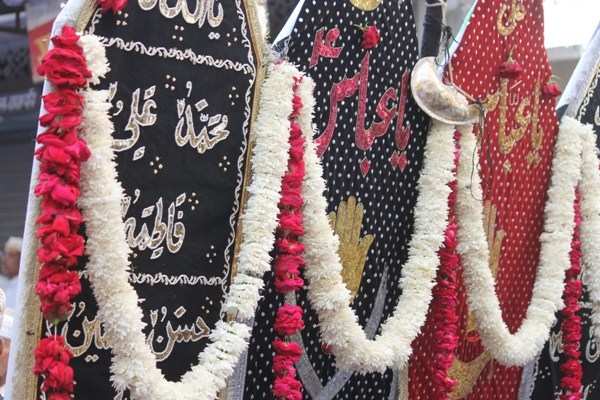
Dawoodi Bohra community at Udaipur, observed the 10th day of Moharram, which is also called as Ashra, with full compassion and participation in the morning Vaaz (Sermon), followed by the Alam Procession, culminating with the Shaam-e-Ghariba at the local Vajihpura Masjid in Bohrawadi.
Brief on Moharram
Moharram, which literally means “sacred” or “that which is forbidden” is the advent of the Islamic New Year and only the Dawoodi Bohra, a miniscule Shia Ismaili Mustaali sect follow fixed dates calendar, with an addition of one day, occasionally based on a formula, in the twelfth month, Zul-Hijja, which is the prescribed month for Hajj Pilgrimage.
Moharram is welcomed with the festivities of the New Year, but the days following the first day, are that of mourning, as a tribute to the Martyrs of Karbala, a patch of cruelty committed 14 centuries ago by the then ruler of Damascus, Yazid, on the tiny family of Imam Hussain.
On the tenth day, “Ashura”, Hazrat Imam Hussain (A.S), grandson of the Prophet Mohammad (PBUH) was brutally executed along with his family members, close relatives and friends, which included children and infants totaling 72, by the forces of Yazid, which were huge in number. Ibn Ziyad, the then Governor of Kufa (Iraz) had given the orders for this execution.

The ‘Tragedy of Karbala’ as it is known in history needs an elaborate treatment but suffice is to say that the only crime which the Imam committed was that he stood for ‘Truth’ and living life modeled according to Qur’an.
Before ‘Ashura’ Yazid’s army had blocked supplies to Imam Husain’s tents housing his male companions every one of whom was brutally killed as well as female companions and children which included his sister, the legendary Zainab binte Ali.
Even drinking water was forbidden for three days. One can imagine the agonies faced by these martyrs and the females encircled. Not only this after no one was left alive the cruel army reached the female tents and torched them to burn. The hapless females and children were left with nothing to seek a shade over their heads. A bold approach by Zainab at this juncture saved the modesty of the females from violation by the beasts.

Question will arise in the minds of readers as to what was the cause for this slaughter? Simply put it was a contest between everything wicked on one side and everything called morality on the other-morality hued in Islamic values like justice, equality and God fearing behavior on the part of rulers.
It is based on historical reasons but to cut the story short the purpose seemed to be to eliminate the influential personalities from the family of the Holy Prophet (PBUM) from the scene for ever. Yazid propagated Husain’s presence at Kufa as a revolt against established Muslim Empire.
For record, nevertheless, this tragedy was responsible for triggering a permanent schism in Muslim Ummah leading to formation of the branches of ‘Sunnis’ and Shias which in turn resulted in bloody encounters during the Muslim Khilafat period and thereafter till to date.
Notwithstanding the above, while the schism developed has been misused and exploited politically by vested interest on one hand by, on the other, the memory of ‘Tragedy of Karbala’ however, gives a glimmer of hope of reconciliation in that both the Sunnis as well as the Shias commemorate ‘Ashura’ with equal religious firmament .
Dawoodi Bohras at Udaipur
As elsewhere in India, the Dawoodi Bohra community, observe the days of Moharram, during which “Majalis” or religious sermons are organized in separate localities of the city each day. Recitation of grief poetry called “Nohas” and funeral elegies “Marsiyas” and salutations termed as “Salaams” take place on all days, followed by the “Alam Procession” (Azaadari Maatami Juloos) by the members of the Youth faction of the Community towards afternoon on the tenth day.

Emotions run high during observing the tragedy of Karbala in Moharram and especially on the tenth day, the Alam is characterized with the entire community, not even with the exception of a child, participate in the procession, whilst fasting during the day. Nohas, Maatam, Marsiyas as a tribute to Hazrat Imam Hussain, Sayyeda Zainab, Sakina, Kulthoum, Abbas, Ali Asgar and to the Martyrs of Karbala, by the male members of the community, all barefooted on the streets is the characteristic means by which the people pay their tribute to Imam Hussain and Martyrs of Karbala. Mourning women, clad in black witness the procession, standing quietly in the corners.


This year the procession began at 2PM from the Moiyyadpura Masjid. Under the directions and supervision of the members of Anjuman-e-Fida-ya-ein Hussain the Maatami Juloos streamed through the main streets of Bohrawadi, culminating at the Vajihpura Masjid at 4PM.

We attempted to bring you the proceedings in pictures, capturing the moments and the emotions.














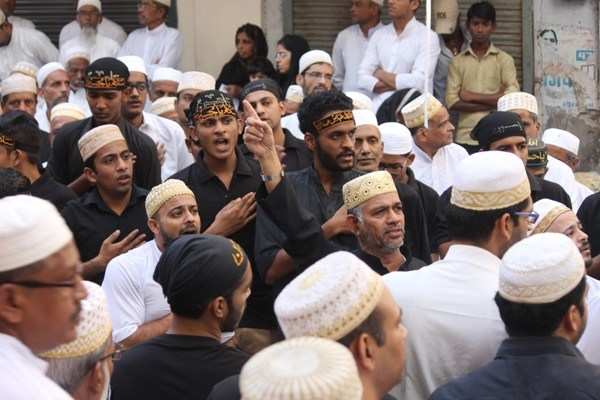





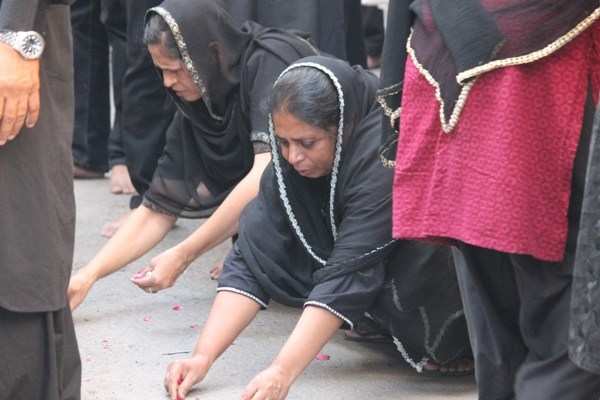
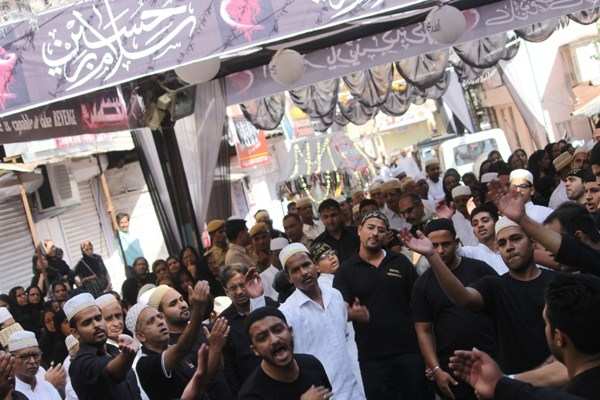



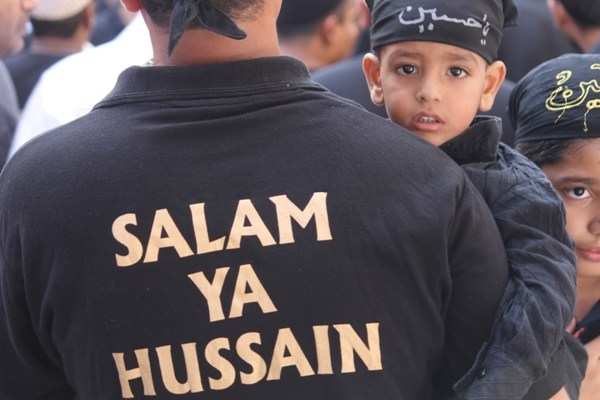







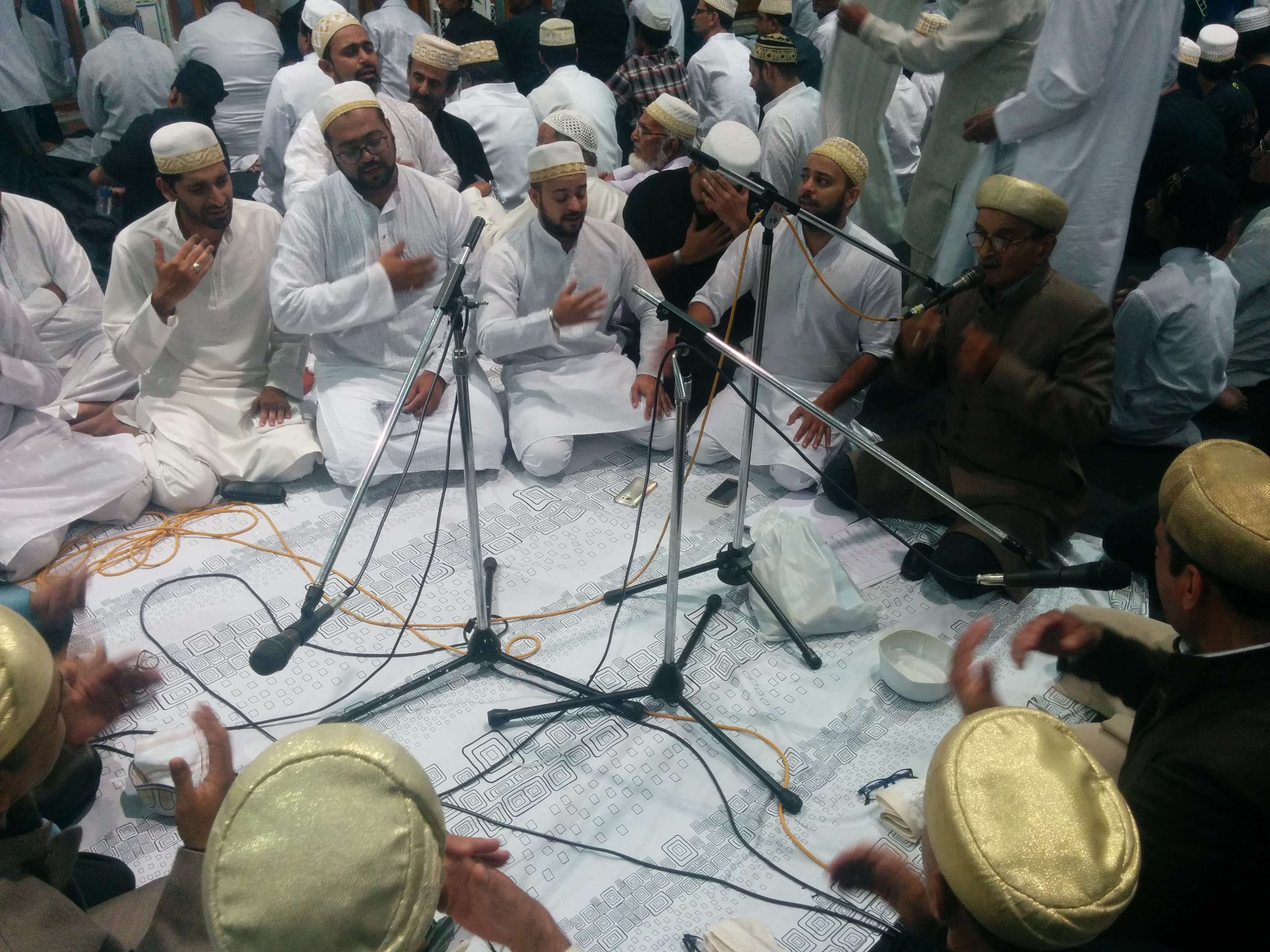






Brief on Moharram – Courtesy UdaipurTimes.com
To join us on Facebook Click Here and Subscribe to UdaipurTimes Broadcast channels on GoogleNews | Telegram | Signal


